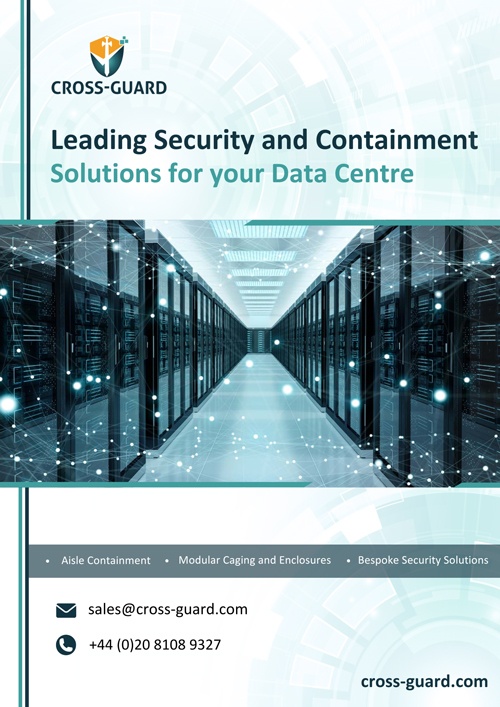What is Power Usage Effectiveness (PUE)?

Power Usage Effectiveness (PUE) serves as a crucial metric for assessing the energy efficiency of a data centre. It is calculated by taking the total amount of power supplied to the data centre and dividing it by the power specifically utilised to operate the IT equipment housed within. The resulting figure is expressed as a ratio, where a lower PUE indicates a more efficient operation, ideally approaching the optimal value of 1.0.
Data centres are inherently energy-intensive environments, with both the infrastructure supporting the systems and the processing capabilities of the equipment requiring significant amounts of electricity. When data centres fail to operate with efficiency, they consume excess energy, translating into higher operational costs and environmental impact.
Monitoring PUE is invaluable for establishing a benchmark for data centre efficiency. By utilising this metric, organisations and data centre managers can pinpoint the current state of efficiency in their operations. Following this, any modifications implemented can be evaluated through subsequent PUE measurements, enabling managers to gauge the effectiveness of their efforts. This process not only drives enhancements in energy efficiency but also contributes to substantial reductions in power consumption and overall energy expenditures.
Power Usage Effectiveness (PUE) is a critical metric developed by members of the Green Grid, an organisation dedicated to promoting energy efficiency within data centres. According to the findings of the “Uptime Institute Annual Global Data Centre Survey 2021,” PUE, alongside overall power consumption, stands out as one of the principal methods employed to track sustainability efforts in the data centre industry. In conjunction with PUE, a similar benchmarking standard recognised by the Green Grid is Data Centre Infrastructure Efficiency (DCiE), which focuses on assessing the efficiency of data centre operations.
So, how exactly is PUE calculated?
PUE is determined by the formula: total facility power divided by IT equipment energy. To elaborate, total facility power encompasses the entirety of power consumed by the data centre, including all hardware setups, power delivery systems, cooling infrastructure, and lighting elements. In contrast, IT equipment energy refers to the electricity utilised to operate storage devices, networking tools, and support equipment like monitors and workstations.
The process of calculating PUE can be broken down into several key steps:
- Measure Energy Use at the Utility Meter: Start by assessing the energy consumption at the facility’s utility meter. In cases where the data centre is housed within a mixed-use facility or shared office building, it is essential to focus solely on the meter that services the data centre. If the data centre does not have a separate utility meter, one must estimate the power consumption associated with the non-data centre segments of the building and subtract that from the total. However, a more effective method involves using Data Centre Infrastructure Management (DCIM) software. This technology allows for the installation of sensors that continuously and accurately capture real-time energy usage data, thereby simplifying PUE measurement.
- Measure the IT Equipment Load: Next, after ensuring that power conversion, switching, and conditioning processes have taken place, it is crucial to measure the load on the IT equipment. The ideal point for this measurement is at the power distribution units, which are responsible for supplying electricity to the computers and networking gear. The measurement should effectively reflect the total power dispatched to the server racks within the data centre environment.
- Calculate PUE: After gathering the necessary measurements, PUE is computed by dividing the total facility power by the IT equipment energy.
The implementation of PUE comes with several benefits and limitations.
Benefits of Power Usage Effectiveness:
- Repeatable Calculations: One of the primary advantages of PUE is its repeatability; organizations can consistently use this metric to monitor and evaluate improvements in energy efficiency over time.
- Identifying Efficient Practices: PUE serves as a valuable tool in pinpointing effective versus ineffective strategies aimed at reducing energy consumption, enabling organizations to refine their practices accordingly.
- Competitive Advantage: A favourable PUE score can act as a differentiator in the marketplace; organizations with strong PUE ratios may leverage their results in marketing efforts to demonstrate their commitment to energy efficiency.
While Power Usage Effectiveness (PUE) provides valuable insights into the energy efficiency of data centres, it is essential for organisations to recognise its limitations and to utilise it alongside other metrics to gain a well-rounded understanding of their energy performance.
- One significant factor influencing the accuracy of PUE is the calculation of total facility power. If an organization is forced to rely on estimates from its utility meter to determine this figure, the resulting PUE measurement will only reflect an approximation rather than an accurate assessment. This can lead to misleading conclusions about energy efficiency.
- Furthermore, PUE does not account for energy consumption at the rack level, which means that the energy used by individual servers and equipment housed in racks is excluded from the overall PUE calculation. This omission can create gaps in understanding the true energy efficiency of the data centre, making PUE a less complete metric for assessing performance.
- Additionally, while PUE can be utilised as a marketing tool, it is important to remember that this metric is primarily intended for improvement and assessment purposes. Organisations should exercise caution when leveraging PUE for promotional activities, as blindly relying on a metric that is widely recognised may not provide the depth of information needed to truly reflect energy efficiency achievements.
How can you lower PUE?
- Enhancing Cooling for Servers: Effective cooling systems are crucial for preventing overheating in data centres, which can jeopardise the performance and longevity of servers. Traditional refrigerant-based cooling systems, while effective, tend to consume a significant amount of energy. By innovating these systems or finding alternative methods to decrease the overall reliance on them, data centres can achieve a substantial reduction in Power Usage Effectiveness (PUE), making operations more energy-efficient.
- Optimising Cool Air Production: One effective strategy to maintain lower temperatures within data centres is to maximise the use of naturally cool outside air. This can be achieved through innovative designs such as heat exchangers, which transfer heat without direct contact, allowing cooler air to flow in while expelling warm air. By effectively utilising these methods, data centres can enhance their cooling capabilities while minimizing energy consumption.
- Virtualizing Servers: The implementation of virtual machines is another powerful approach to improving energy efficiency within data centres. By allowing multiple virtual servers to operate on a single physical machine, organisations can significantly reduce energy usage, which not only lowers operational costs but also frees up valuable floor space for additional equipment or improved infrastructure.
- Utilising Energy-Efficient Lighting: While lighting may contribute only a small fraction to a data centre’s overall energy consumption, optimising it presents a straightforward opportunity for further reductions in power use and heat generation. Transitioning from traditional fluorescent lighting to energy-efficient LED bulbs, especially those equipped with motion sensors and smart lighting controls, can lead to considerable savings in both energy and cooling requirements, enhancing the overall efficiency of the facility.
SHARE
DOWNLOAD A COPY OF OUR BROCHURE

